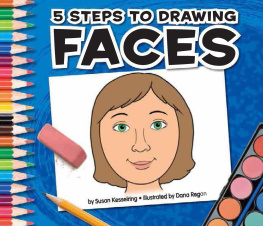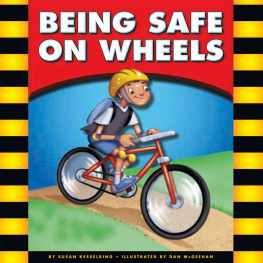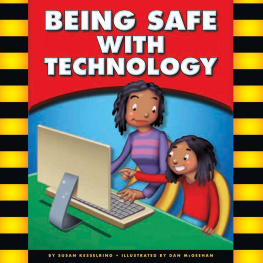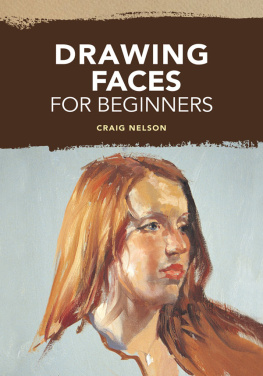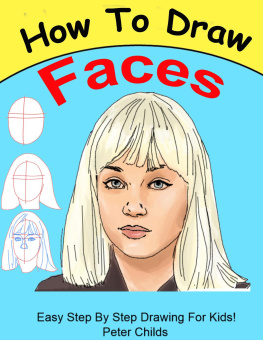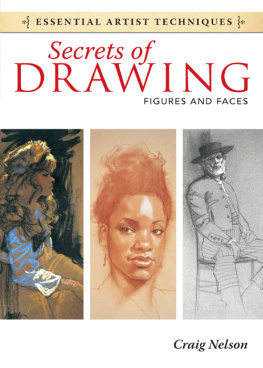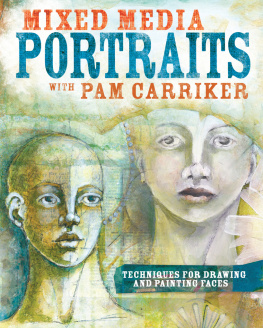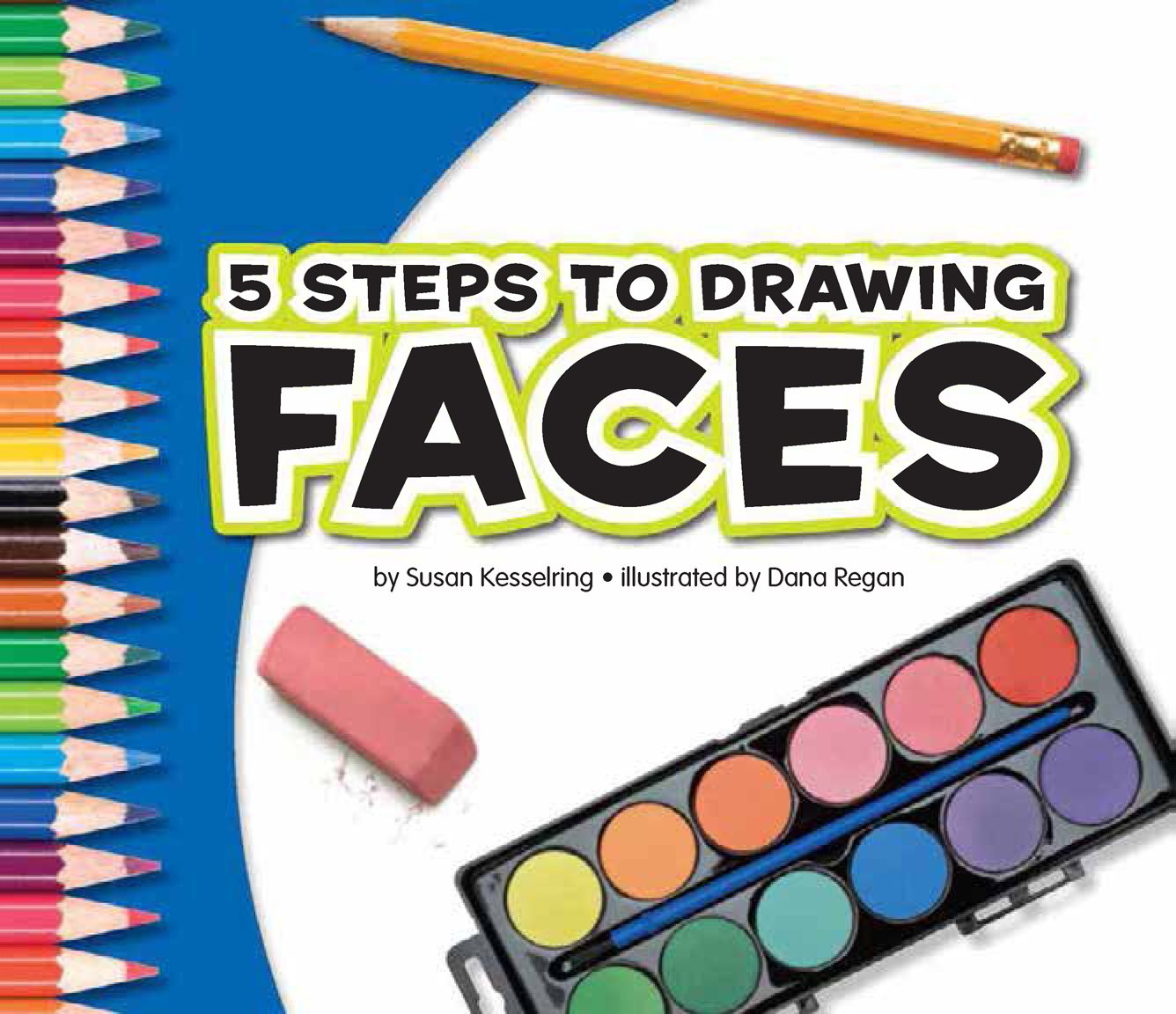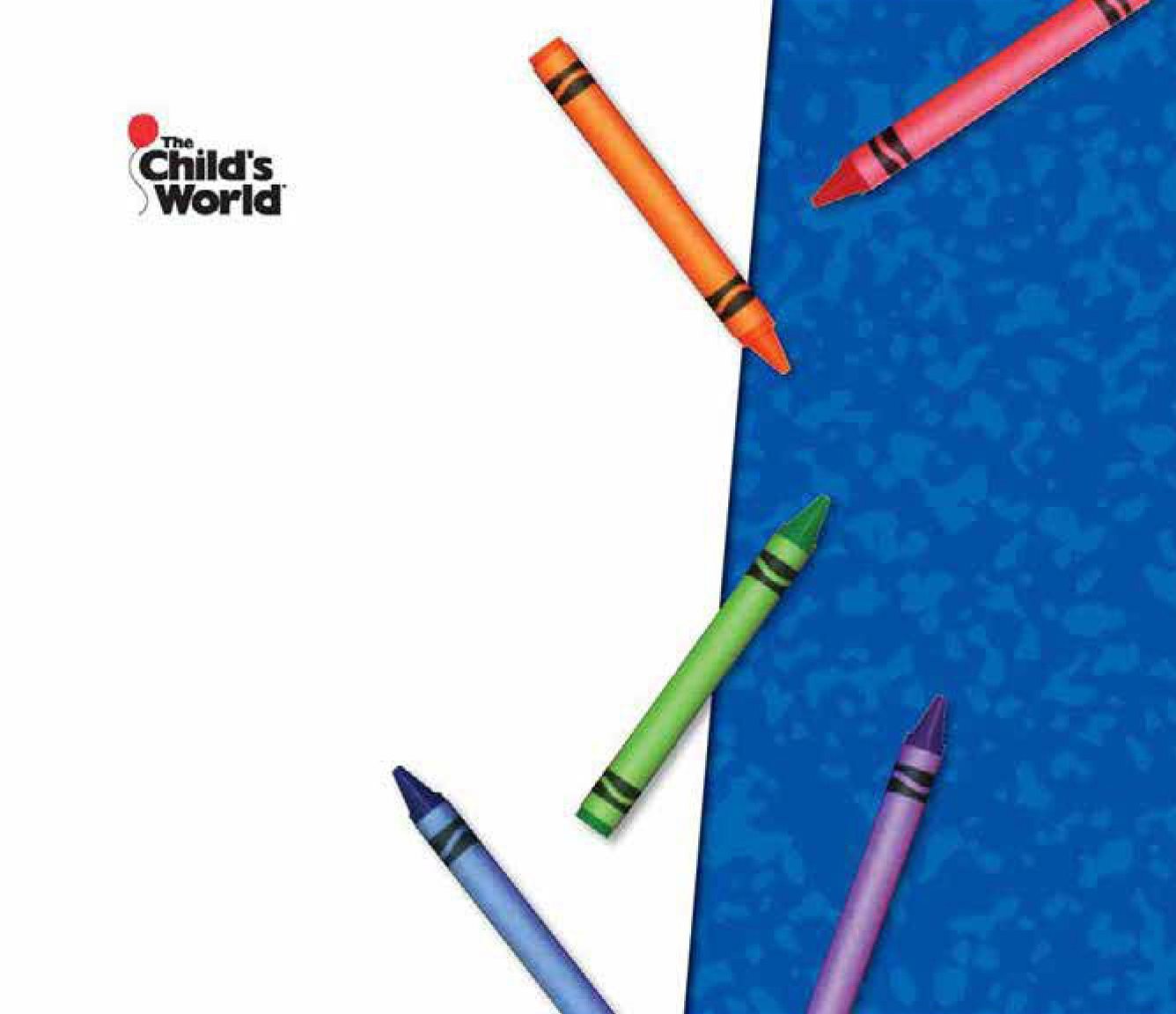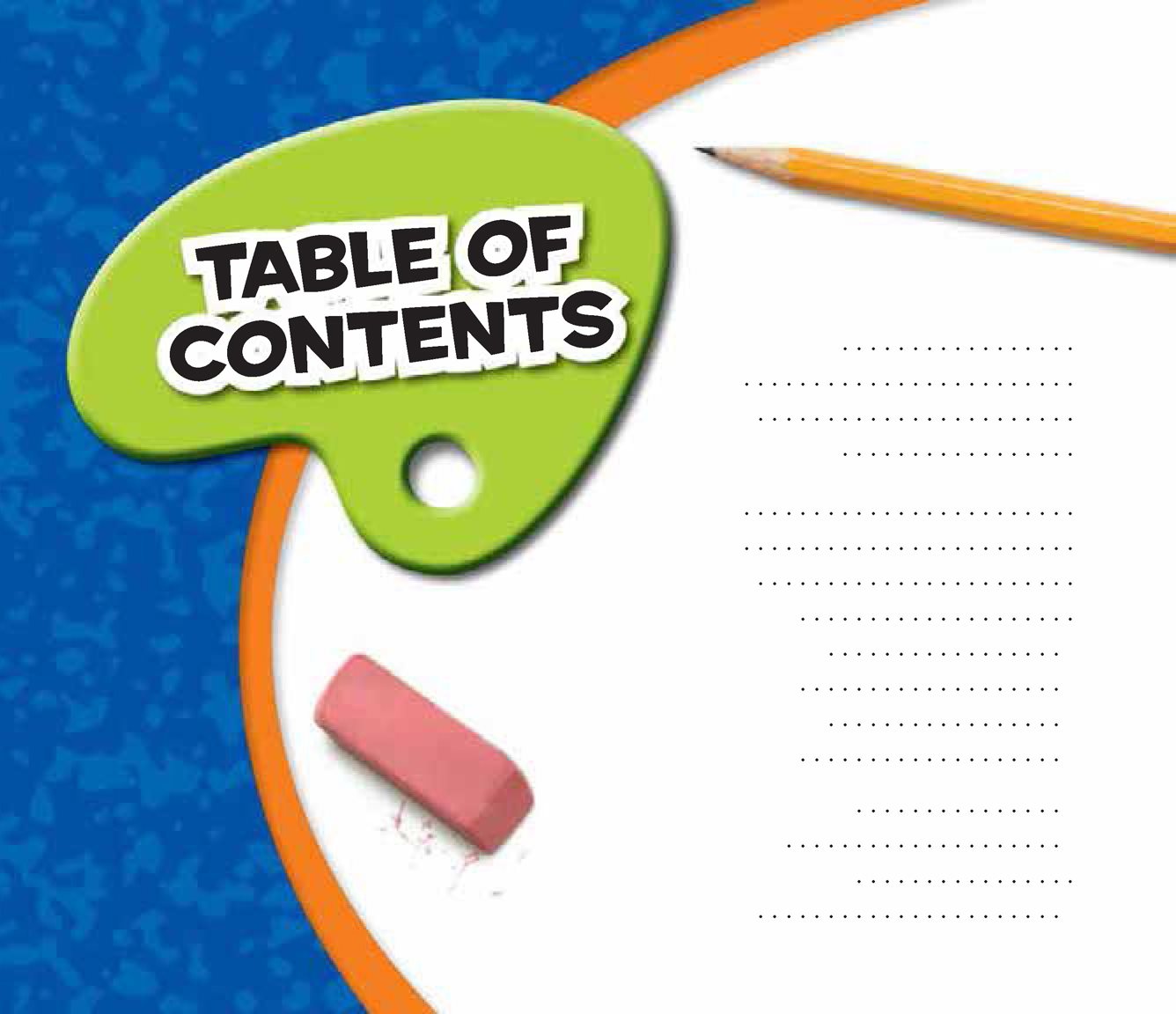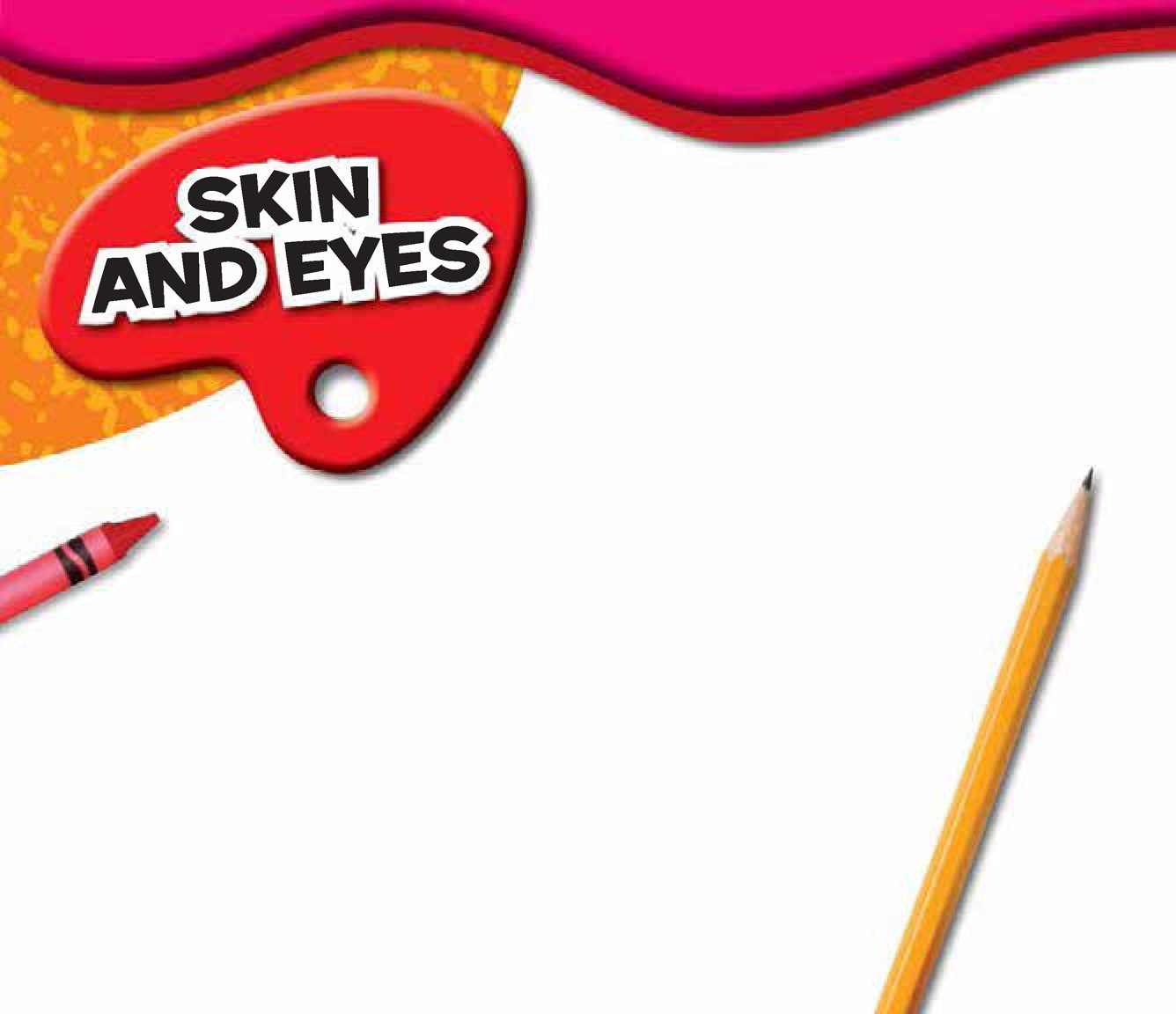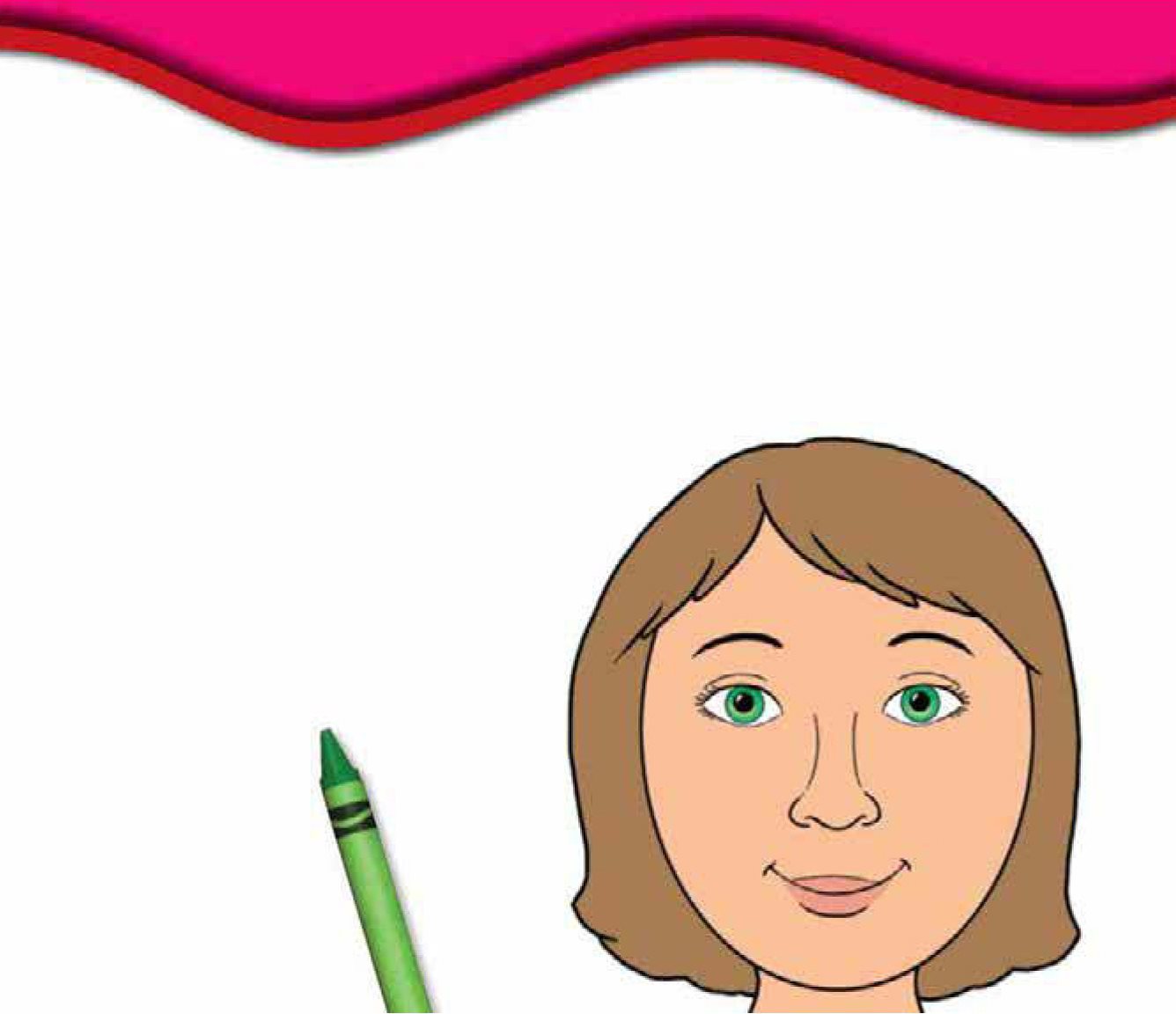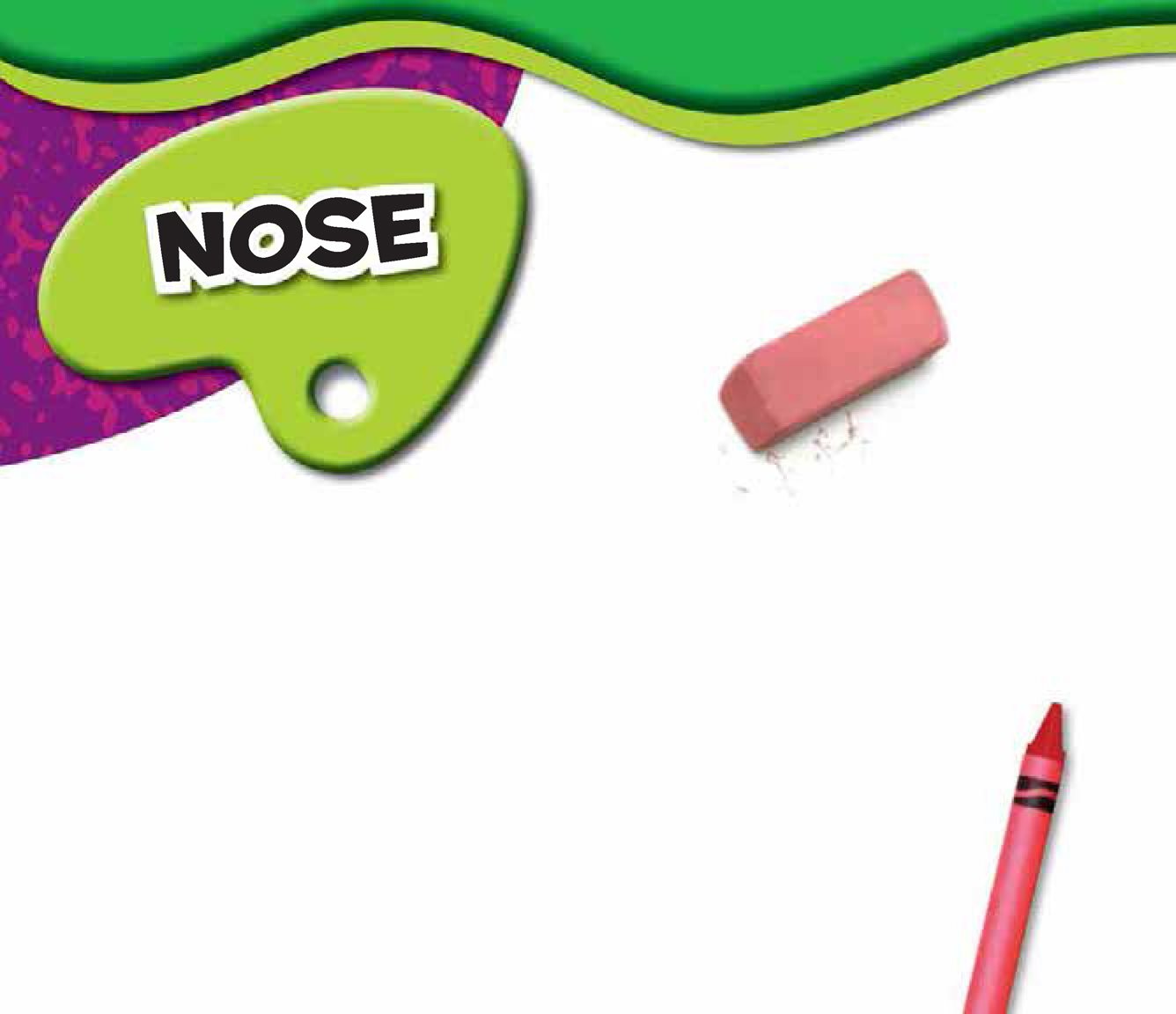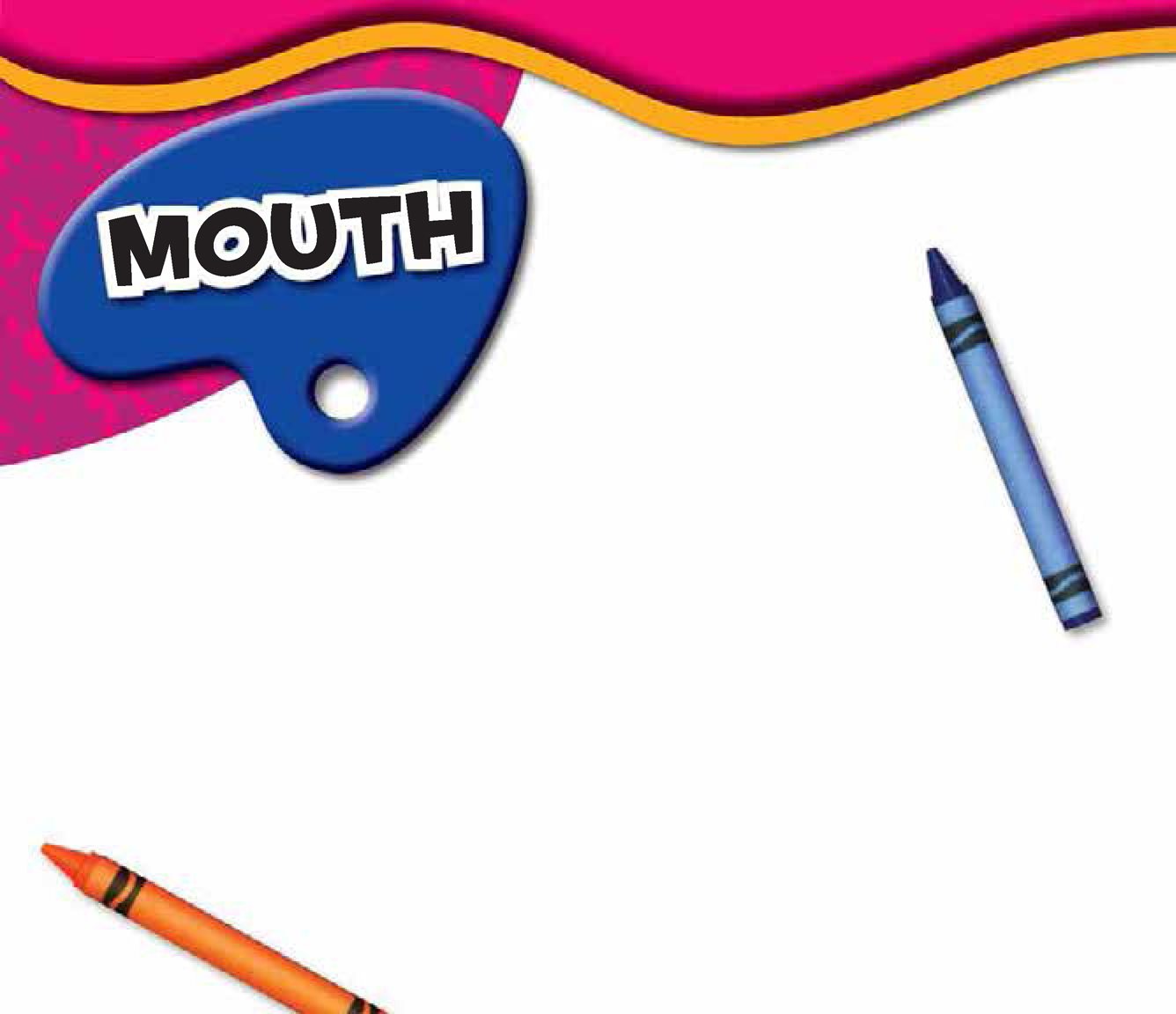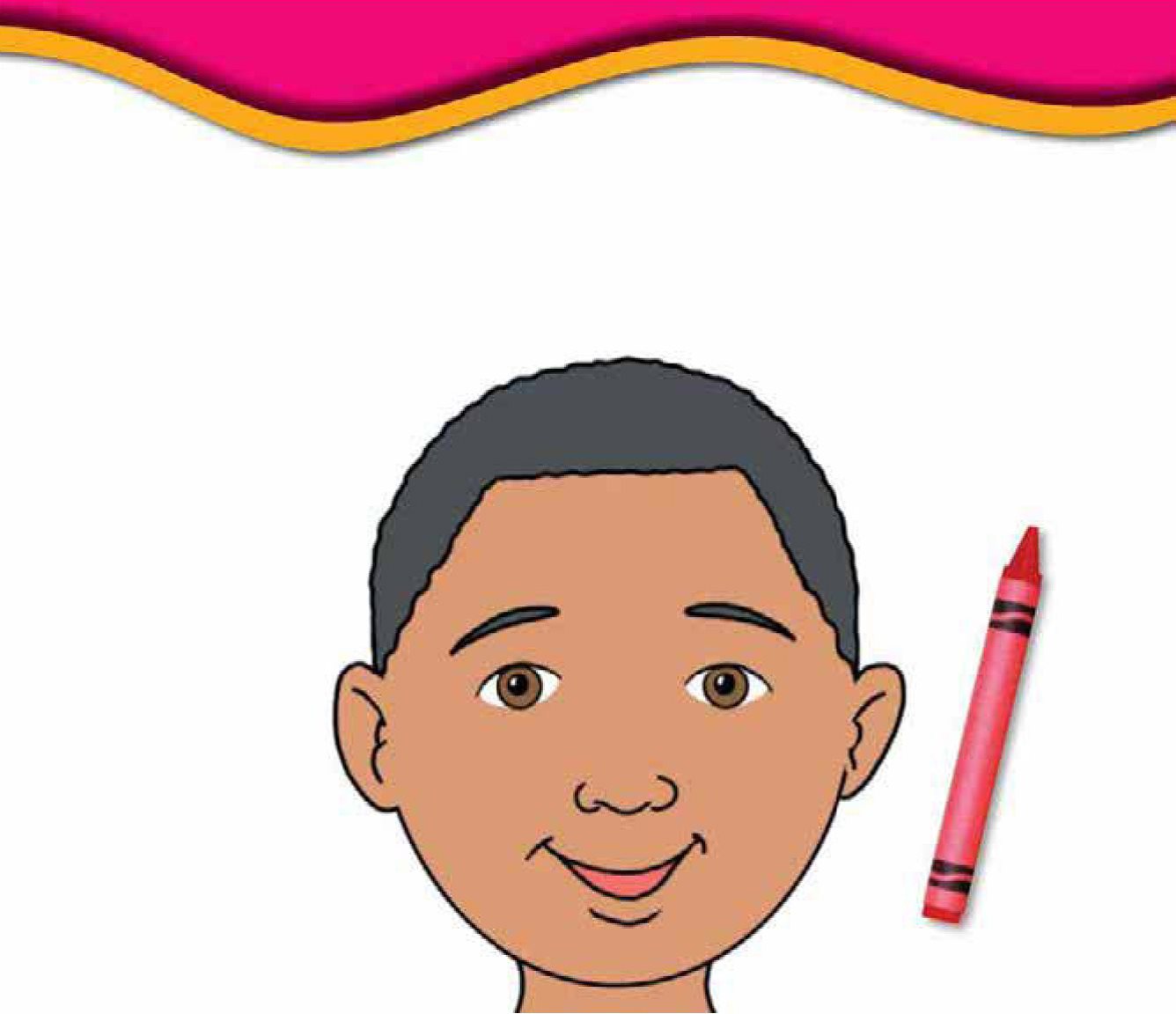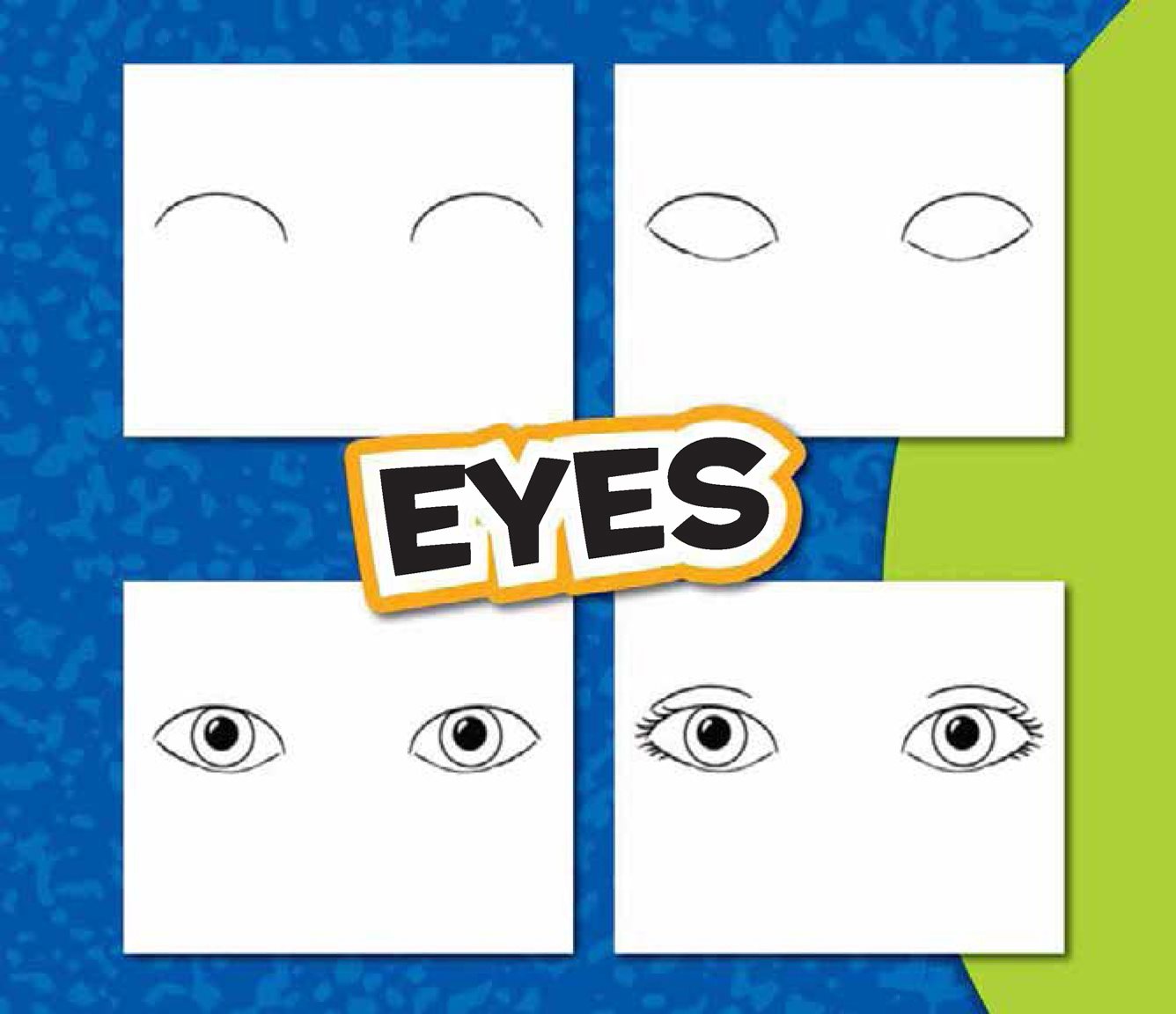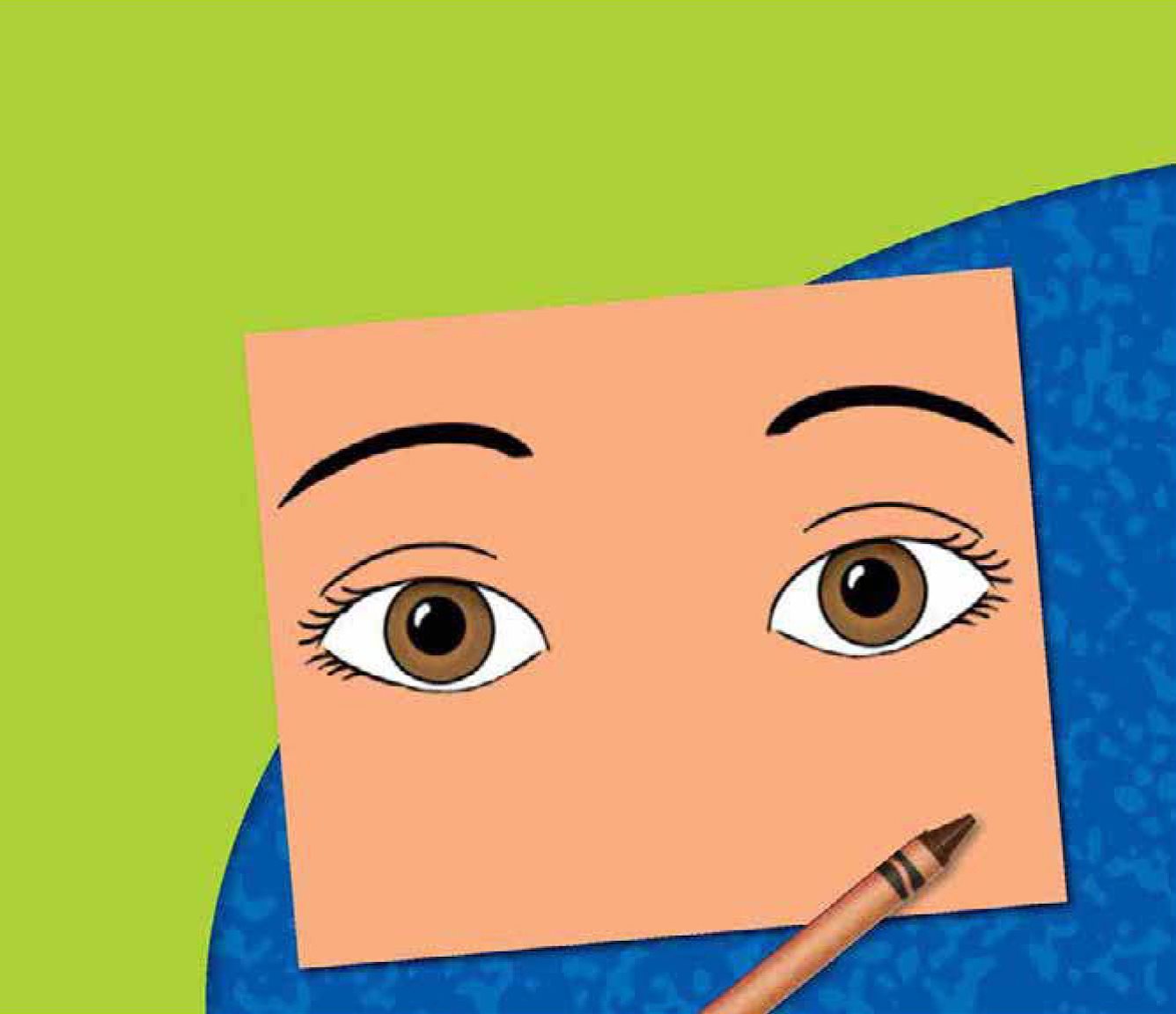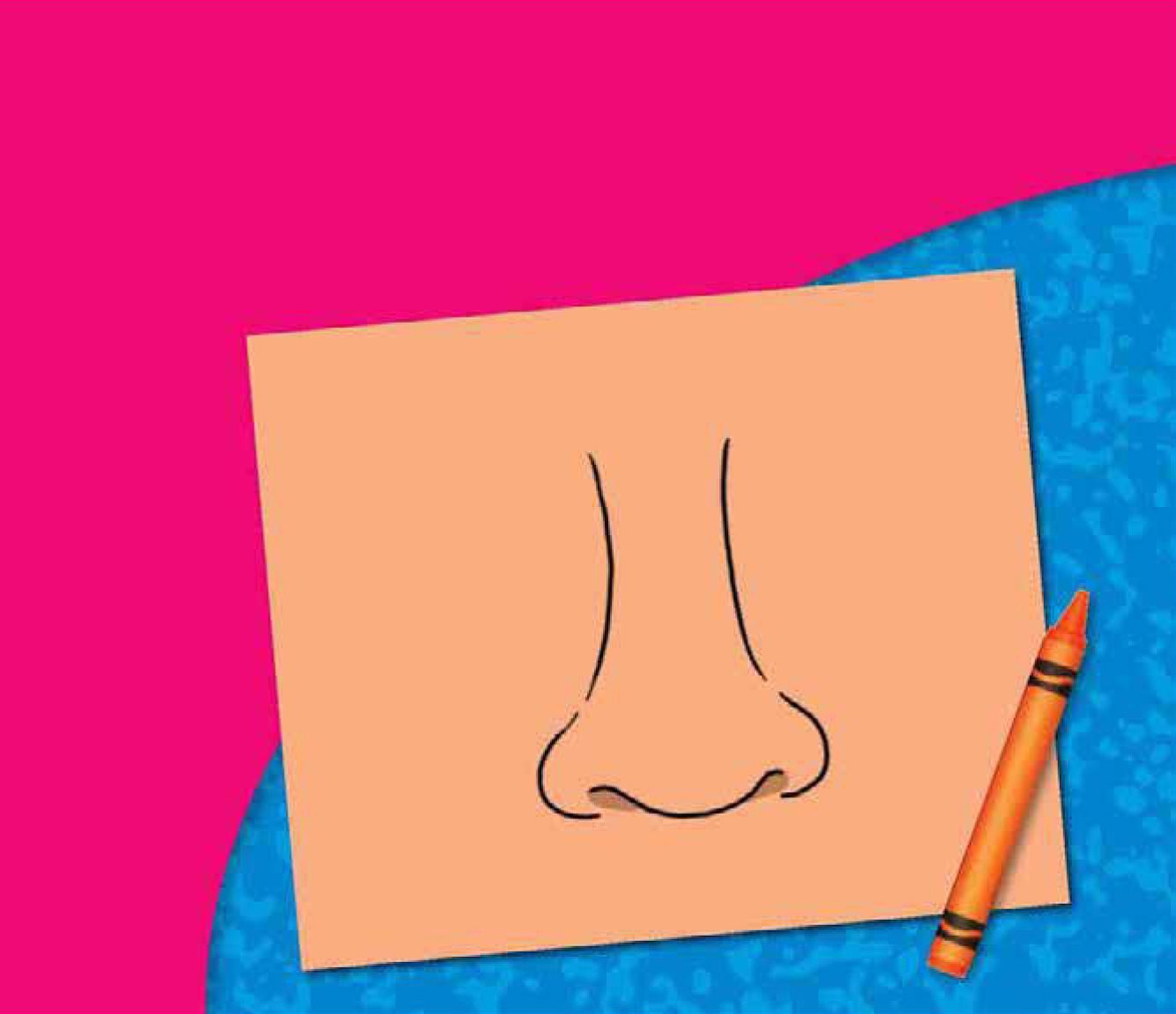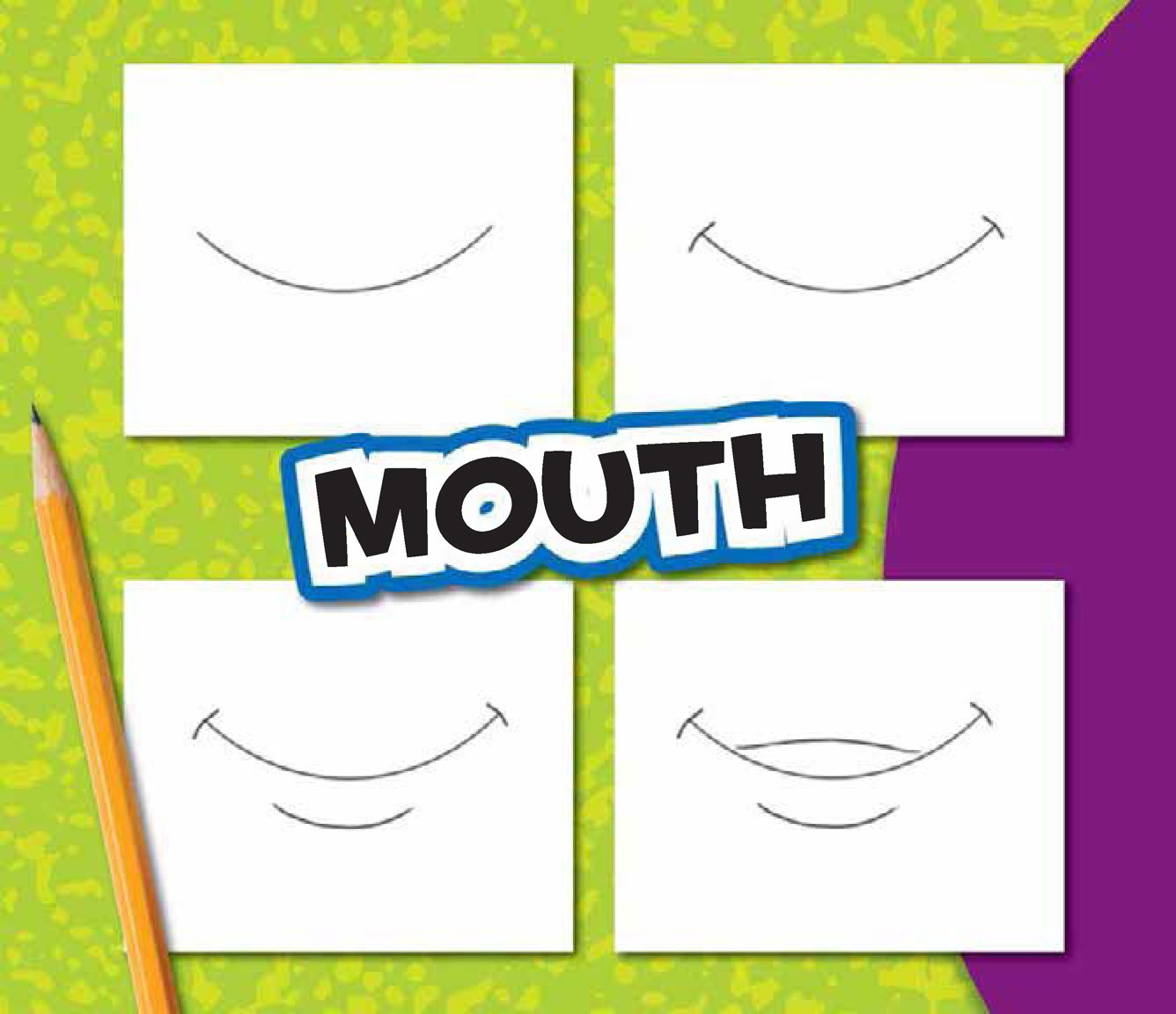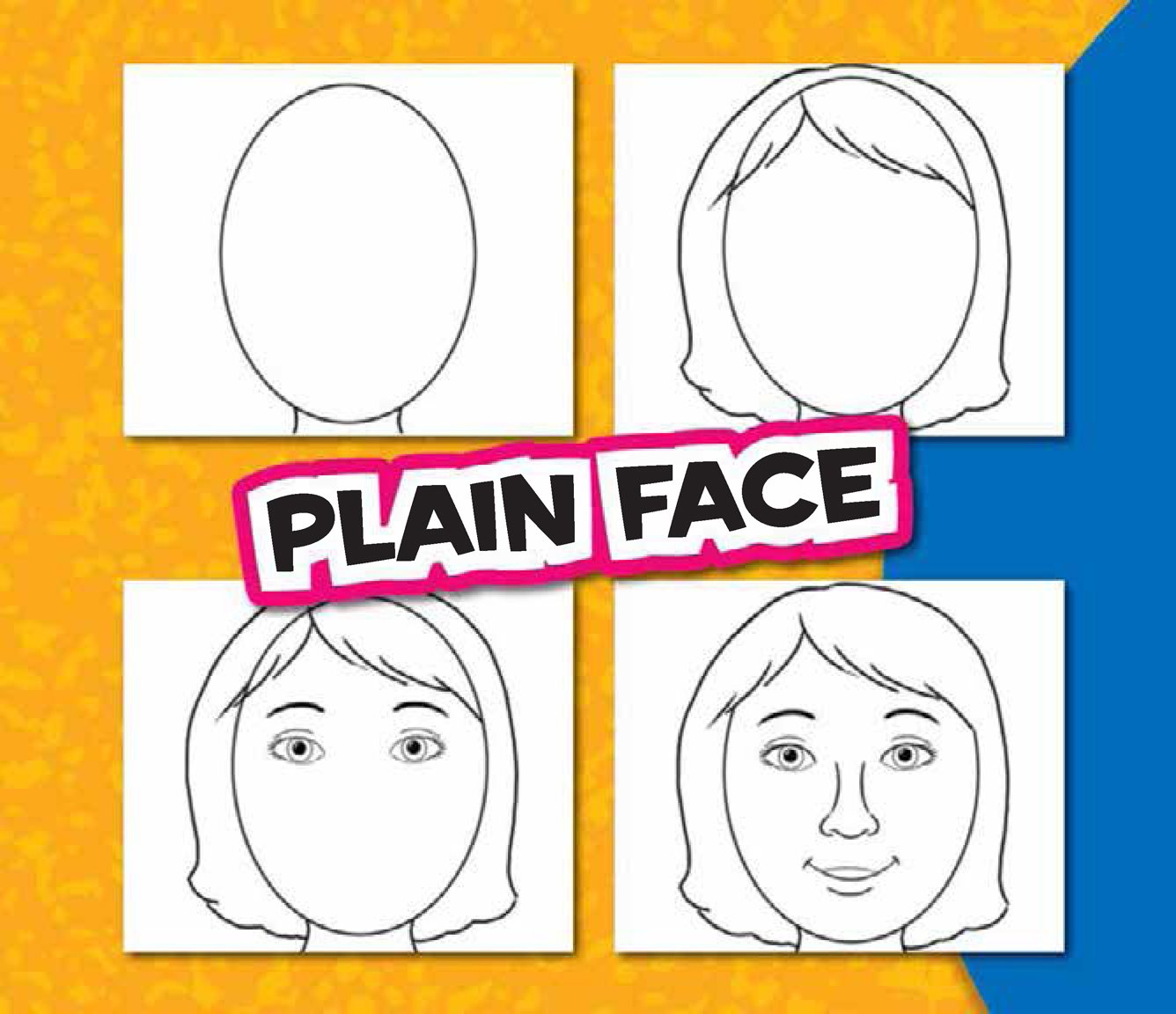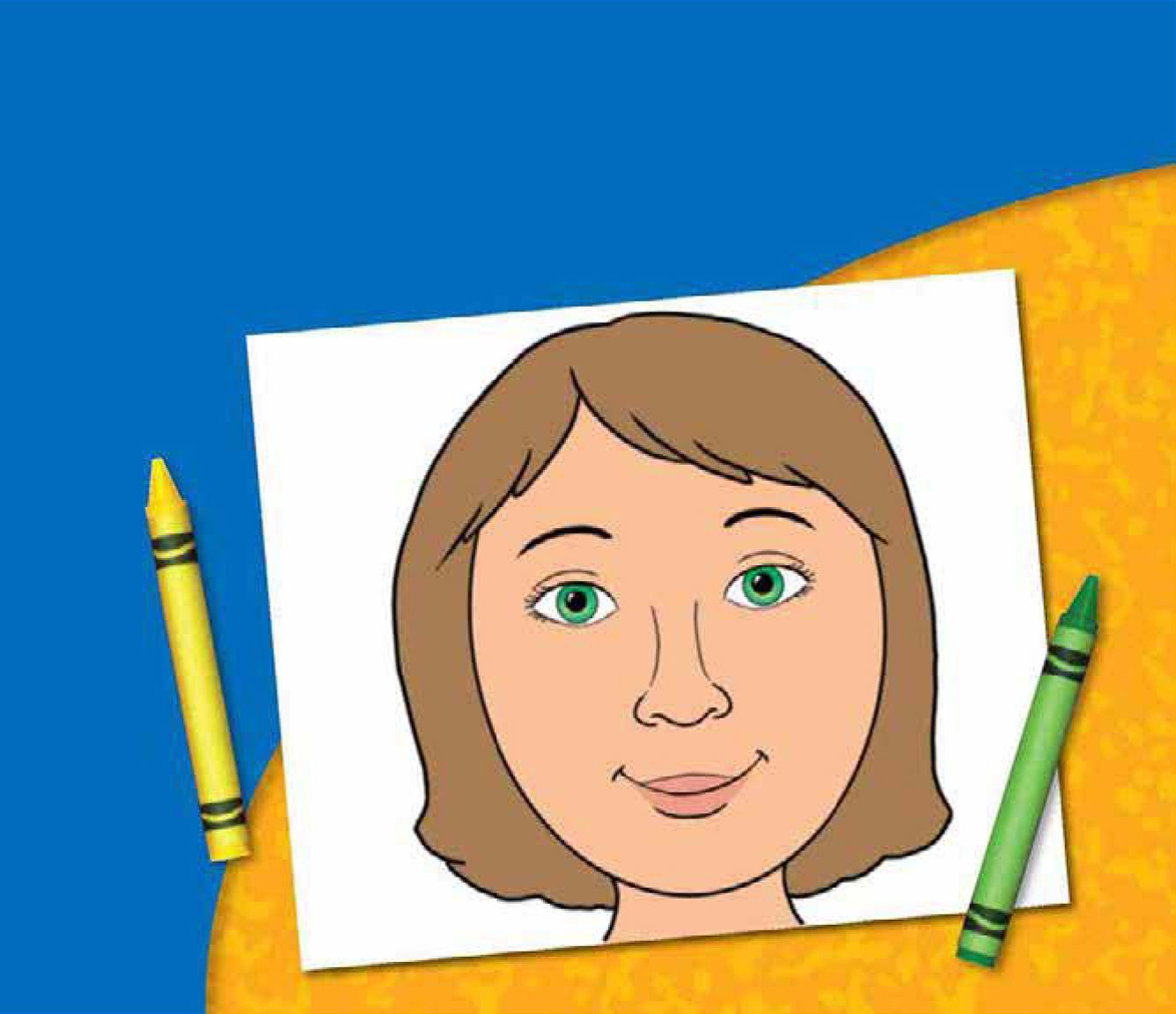Published by The Childs World
1980 Lookout Drive Mankato, MN 56003-1705
800-599-READ www.childsworld.com
ACKNOWLEDGMENTS
The Childs World: Mary Berendes, Publishing Director
The Design Lab: Design and production
Red Line Editorial: Editorial direction
Copyright 2012 by The Childs World
All rights reserved. No part of this book may be reproduced or utilized in
any form or by any means without written permission from the publisher.
ISBN: 978-1-60973-197-7
LCCN: 2011927706
Printed in the United States of America
Mankato, MN
July 2011
PA02088
Faces come in many different shapes and colors. Our
faces are covered with skin. Our skin has melanin in
it. Melanin gives your skin its color. If you have a lot of
melanin, you have darker skin. If you have very little, you
have lighter skin. Melanin protects your skin from the
sun. People from very warm places tend to have more
melanin in their skin. People from cooler places tend to
have less.
Eyes come in different shapes and colors, too. The iris
is the colored part of your eye. This muscle controls how
much light enters your eye. The pupil is the black spot in the
middle of your eye. Light enters your eye through the pupil.
When you are in a bright place, the iris squeezes together.
Your pupil gets smaller to let in less
light. The iris stretches wider when
you are in a dark place. Your
pupil gets bigger to let in
more light.
Your nose has two important jobs. One job is breathing.
Your nose brings air in and out of your lungs. It warms the
air so it doesnt hurt your lungs. Tiny hairs in your nose help
stop dirt and dust from getting into your lungs.
The other job is smelling. Your nose has many tiny cells
that know different smells. The cells catch smells floating
through the air. The cells send a message to your brain.
Your brain tells you, Someones baking cookies!
Your mouth has more than one job, too. Your tongue helps
you taste food. Your taste buds let your brain know if your
food is sweet, salty, sour, or bitter.
Your mouth helps break down the food you eat. Your
teeth, tongue, and saliva work together. They break your
food into tiny pieces that are easy to swallow.
Your lips, tongue, and teeth work together to help you
speak. You also use your mouth to give kisses to people
you love!
Youve learned about faces. Youre almost ready to draw
them. But first, here are a few drawing tips:
Every artist needs tools. To learn how to draw faces, you
will need:
Some paper
A pencil
An eraser
Markers, crayons, colored pencils,
or watercolors (optional)
Anyone can learn to draw. You might think only
some people can draw. Thats not true. Everyone can
learn to draw. It takes practice, though. The more you
draw, the better you will be. With practice, you will become
a true artist!
Everyone makes mistakes. This is okay! Mistakes help
you learn. They help you know what not to do next time.
Mistakes can even make your drawing more special. Its all
right if you draw the eyebrows too big. Now youve got a
one-of-a-kind drawing. You can erase a mistake you dont
like, too. Then start again!
Stay loose. Relax your body before you begin. Hold
your pencil lightly. Dont rest your wrist on the table.
Instead, move your whole arm as you draw. This will
help you make smooth lines. Press lightly on the
paper when you draw or erase.
Drawing is fun! The most important thing about
drawing is to have fun. Be creative. Your drawings dont
have to look exactly like the pictures in this book. Try
changing the shape of the eyes. You can also use markers,
crayons, colored pencils, or watercolors to bring your
faces to life.
Melanin gives your irises their color. Brown is the most common
color for eyes. Green is the least common color.
Your nose has two holes called nostrils. Between the nostrils is the
septum. This is made of bone and rubbery stuff called cartilage .
The tip of your nose is made of cartilage, too.
Your mouth has many parts. Each part has its own job to do.
When you smile, others may see your lips, teeth, and sometimes
your gums.

